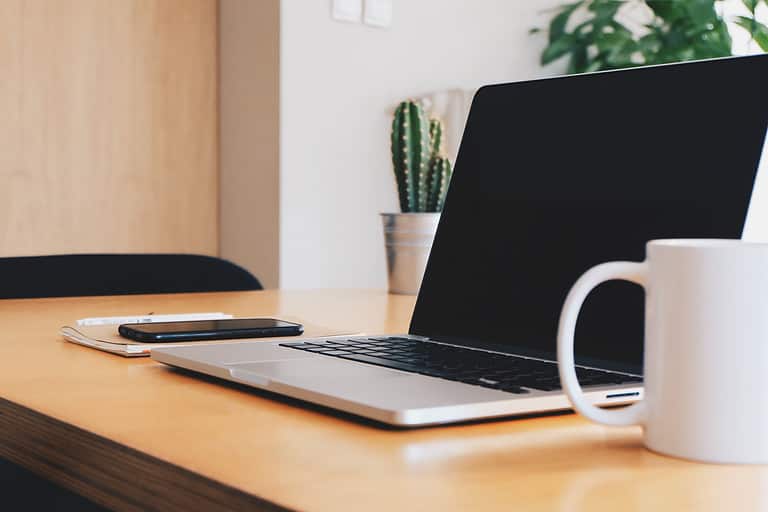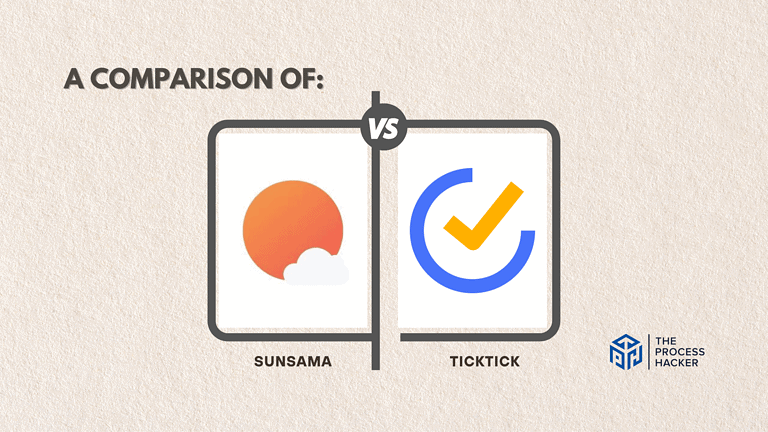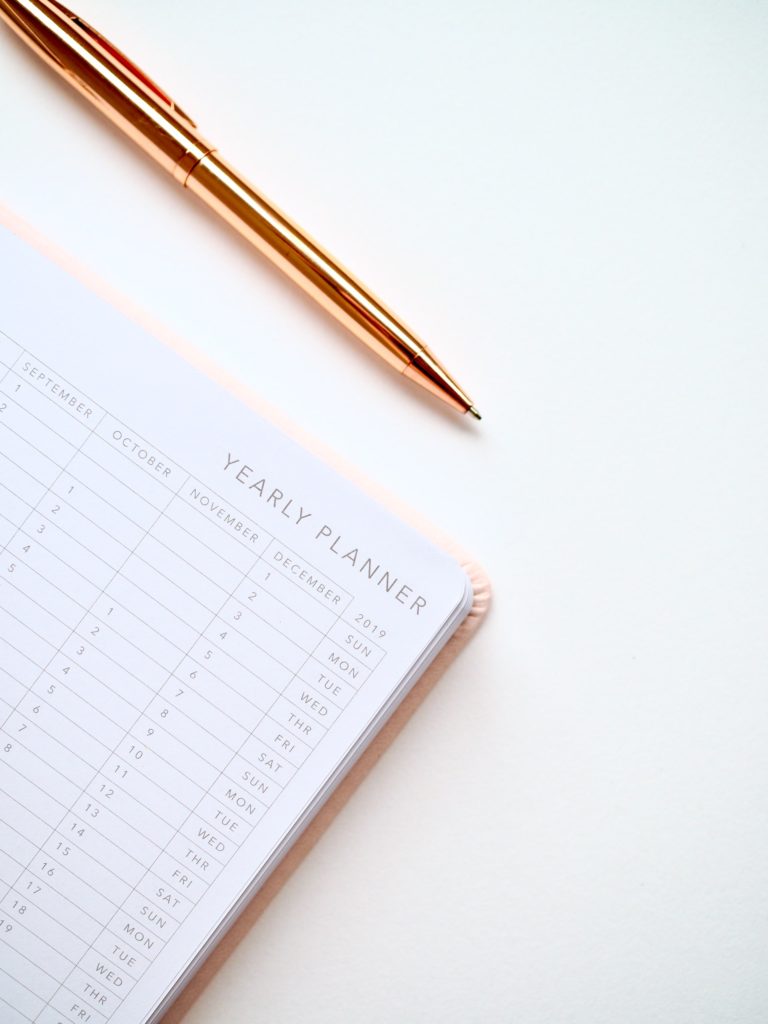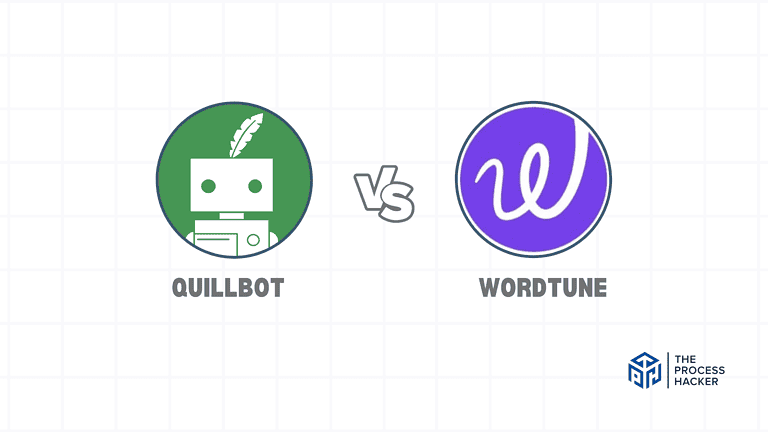Productive Procrastination: How to Do Work By Putting Off Your To-do List
Do you struggle with procrastination?
Do you find yourself constantly putting off important tasks and then feeling guilty about them later? You’re not alone.
Procrastination is a common problem for many people, but what if I told you there was a way to turn your procrastination into a productive tool? It may sound counterintuitive, but “productive procrastination” is gaining popularity among productivity experts and individuals alike.
In this blog post, we will show you how to engage in productive procrastination. Essentially, it involves intentionally delaying a task so that you can work on another task that also needs to be completed.
This may seem like avoiding responsibilities, but keep reading this post to hear me out.
What is the Key Idea of Productive Procrastination?
Essentially, it’s about intentionally delaying less important tasks to prioritize those that will have a bigger impact on achieving your goals.
We often procrastinate because we are overwhelmed by the sheer number of tasks on our to-do list. We feel paralyzed and don’t know where to start, so we put everything off until the last minute.
However, when productive procrastination sneaks, you deliberately put off a specific task in favor of another. In doing so, you are still being productive and getting things done, but more strategically and effectively.
Why Is Productive Procrastination Good?
Productive procrastination can be a powerful tool for achieving goals and improving productivity. By intentionally delaying less important tasks, you can focus on the ones that will significantly impact reaching your objectives.
This approach allows you to prioritize and streamline your work, making it more manageable and less overwhelming. Additionally, by actively choosing which tasks to put off and which to tackle first, you are taking control of your time and increasing efficiency.
So why not try productive procrastination? It can lead to better decision-making, increased productivity, and greater success in achieving your goals.
But remember, it’s important to strike a balance and not use this strategy as an excuse to avoid important tasks indefinitely. Set deadlines for yourself and stick to them, even if it means pushing through temporary discomfort or resistance. Always reassess your priorities to ensure you use your time effectively and efficiently.
Now that you better understand productive procrastination and how it can benefit you, let’s explore some tips for implementing this approach in your daily life.
How to Procrastinate Productivity on Your Important Tasks
Now that you understand how to effectively manage productive procrastination let’s get tactical. It’s time to harness that “I’ll do it later” energy and get some serious work done!
The Productive Procrastination Playbook:
- The Two-List Shuffle: Create a “Must Do” list with your daunting tasks. Next, make a “Fun Stuff” list of smaller, enjoyable chores.
- Work in Bursts: Set a timer (try the Pomodoro Technique: 25 minutes on, 5-minute break). Tackle the “Must Do” list for those timed bursts.
- Reward Yourself: Cross something off your “Fun Stuff” list during your breaks. That email clean-up feels way less painful with a short game session as your reward!
- Embrace the Unexpected: Sometimes, your procrastination leads to unexpected bursts of creativity or problem-solving. Ride that wave!
- Don’t Be A Perfectionist: The goal is progress, not perfection. Sometimes, a half-finished task is better than never starting at all.
- The Guilt-Free Zone: Stop feeling bad about procrastinating! When done right, it’s a productivity power-up.
- Know When to Stop: If your procrastination is avoiding vital, truly time-sensitive tasks, it’s time to refocus. Remember, productive procrastination is a tool, not an excuse.
Ready to use procrastination? It’s a surprisingly effective way to trick your brain into conquering intimidating tasks. Let’s get started!
#1) The Two-List Shuffle
Let’s be honest – those big, important tasks on your to-do list can feel completely overwhelming. That’s where the Two-List Shuffle comes in!
Here’s how it works:
- List #1: The “Must Do” List: This is where you write down those tasks that are important, but you’re tempted to ignore. Think of it as your “face your fears” list.
- List #2: The “Fun Stuff” List: This list is all about quick, easy, and, yes, even slightly silly tasks that bring a little joy. Things like organizing your spice rack, listening to a favorite song, or finally tidying up a messy drawer.
The magic of this strategy is that it gives your brain options. When you feel the urge to procrastinate, you’re not just avoiding work – you’re shifting to a task that feels easier and more rewarding.
#2) Work in Bursts
The key to productive procrastination is avoiding slipping into full-blown distraction mode. That’s where focused bursts of work come in! It’s not 100% a bad trait.
- Choose Your Weapon: Use a timer—on your phone or in the kitchen—or try a specific technique like the Pomodoro method (25 minutes of focused work, followed by a 5-minute break).
- Focus is King (or Queen): During those timed bursts, focus on a single task from your “Must Do” list. Do not peek at emails or check your phone.
- The Break Matters: When the timer goes off, step away completely! This is where you cross something off your “Fun Stuff” list or indulge in a few minutes of guilt-free distraction.
The idea is to train your brain to tolerate tackling those big tasks in short, intense periods. The breaks keep you motivated and help you avoid that familiar feeling of being overwhelmed.
#3) Reward Yourself
It’s easy to get lost in the hustle and forget to appreciate the progress you’ve made. Rewarding yourself isn’t just a nice break; it’s a crucial strategy for maintaining momentum and enhancing productivity during periods of procrastination.
When you complete a task, big or small, take a moment to celebrate your achievement. This approach makes tackling your to-do list more appealing and less daunting.
Here are some examples of productive procrastination:
- Define Your Rewards: Before diving into your tasks, determine the rewards for completing them. These can range from simple pleasures like a cup of your favorite coffee to larger incentives for more significant milestones, such as a weekend getaway. The key is to align the reward with the effort required; the greater the task, the more substantial the reward.
- Break Tasks Into Manageable Pieces: Sometimes, the tasks at hand can be overwhelming. Break them down into smaller, more manageable pieces, and assign a small reward for completing each. This method makes the work seem less intimidating and provides frequent moments of gratification, keeping your spirits high.
- Schedule Your Rewards: Incorporate your rewards into your schedule. This doesn’t mean you should take a break every five minutes, but it does mean giving yourself something to look forward to after a few hours of focused work. Timing your rewards in this way helps prevent burnout and keeps you motivated throughout the day.
- Be Flexible But Disciplined: There might be days when you feel like skipping straight to the reward without completing the task. It’s essential to be disciplined yet flexible with yourself. If you’re consistently not meeting your goals, reassess your tasks or rewards to find a better balance that keeps you motivated.
- Reflect on Your Achievements: After enjoying your reward, take a moment to reflect on what you’ve accomplished. This reflection is about acknowledging your work and reinforcing the positive association between important task completion and rewards. Over time, this enhances a habit loop that makes procrastination productive.
Reward yourself to transform procrastination from a guilty pleasure into a powerful productivity tool. This strategy recognizes the human need for gratification and uses productive procrastination to fuel progress, making even the most daunting to-do list a series of opportunities for celebration and achievement.
Remember, the goal is to make progress, not to achieve perfection. So, go ahead and treat yourself; you’ve earned it.
#4) Embrace the Unexpected
Sometimes, the best ideas strike when you least expect them. Productive procrastination helps unlock those creative moments because you’re switching between different tasks.
Pay attention to those moments while procrastinating when a sudden solution to a work problem pops into your head, or you get inspired for a project.
Keep a notebook or a note-taking app handy to jot down those unexpected ideas or solutions. Don’t let those lightbulb moments fade away!
Here are note-taking apps that are widely regarded as valuable tools for organizing thoughts, jotting down ideas, and managing tasks:
- Notion: It’s a comprehensive workspace that merges notes, tasks, databases, and wikis, allowing for extensive customization. It’s perfect for individuals and teams looking for an all-in-one platform to organize work and personal projects.
- ClickUp: It promises to be the one app that will replace them all. It integrates task management, documents, goals, calendars, and even an inbox. Its versatility makes it suitable for teams of any size, streamlining collaboration and project tracking.
- Jasper AI: Unlike traditional note-taking apps, Jasper AI specializes in content creation. Using advanced AI technology, it helps writers and marketers streamline their creative process by drafting blog posts, creating content for social media, and more.
- Mem.ai: An innovative app designed to make your notes more actionable and searchable through AI. It learns from your interactions to bring relevant information to your attention at the right time, making it a powerful tool for managing knowledge and information.
- Reflect: Offers a unique approach to note-taking by incorporating elements of spaced repetition, a scientifically proven method to improve memory and learning. This app is ideal for students, researchers, and lifelong learners who want to make the most out of their notes.
- Fireflies.ai: An AI-powered tool that focuses on capturing and transcribing meetings and conversations. It integrates with popular video conferencing tools to automatically record, transcribe, and summarize meetings, making it invaluable for teams and professionals who want to keep track of discussions and action items.
- Otter.ai: Like Fireflies, Otter.ai provides real-time transcription services but stands out with its live note-taking and collaboration features. These features benefit students, journalists, and professionals attending conferences, meetings, or lectures, enabling them to focus on the discussion instead of taking notes.
- Microsoft OneNote with Copilot: Building on OneNote’s versatile note-taking capabilities, Copilot enhances the experience by integrating AI to help summarize, organize, and generate content within your notes. It’s a powerful option for individuals and teams deeply embedded in the Microsoft ecosystem, offering seamless integration with Office products.
If a surge of inspiration hits and it relates to your “Must Do” list, ride that wave! Switch gears and focus on that task while the motivation is hot.
Sometimes, getting the important things done is a bit winding. Amazing things can happen when you relax the pressure and allow for those “aha!” moments.
#5) Don’t Be A Perfectionist
Perfectionism is the enemy of getting things done. If you try to make every tiny detail flawless on a “Must-Do” task, you’ll end up paralyzed before you even start.
Here’s how to combat perfectionism:
- Good Enough is Great: The goal with productive procrastination is progress, not perfection. A half-finished report is better than no report at all.
- Focus on Completion: Celebrate crossing that task off your list, even if it’s not your best work. It’s about building momentum, not obsessing over minor flaws.
- Iterate and Improve: Remind yourself that you can always go back and refine something later. Getting the core of the task done is the first important step.
Letting go of perfectionism frees up your mental energy and helps you progress significantly on those most important tasks. Remember, “done” is almost always better than “perfect but never finished.”
#6) The Guilt-Free Zone
Procrastination often comes with a side of guilt and self-criticism. But that negativity is counterproductive! Instead of beating yourself up, try reframing your approach. Productive procrastination is about being strategic with your time and energy.
Procrastinators seldom switch to a “Fun Stuff” task, so you’re not wasting time and recharging your motivation to tackle the bigger challenges. Embrace the process and recognize that those small moments of procrastination are helping you get more done in the long run.
#7) Know When to Stop
Productive procrastination is a powerful tool, but it is not a substitute for focused effort. There comes a time when you need to put down distractions and get to work.
- Recognize Deadlines: If a task has a hard deadline, you can’t procrastinate forever. Build in enough time to switch from playful procrastination to focused completion mode.
- Check Your Energy: Are you finding those breaks with the “Fun Stuff” less rewarding? Is the idea of starting the big task even more daunting than before? This might be a sign you’re hitting a fatigue point. Only you can stop that to take few moments to rest.
- Be Honest: Are you genuinely shuffling between specific tasks or just endlessly scrolling social media? It’s okay if sometimes you need a real break—take a walk, get a snack, and then come back ready to focus.
The key is being aware of how your mood and energy are shifting. Productive procrastination is about finding a flow, not forcing yourself into a frenzy of half-finished tasks.
Key Considerations For Successful Structured Procrastination
What makes you want to procrastinate in the first place? Stress, boredom, or feeling overwhelmed? Recognizing these patterns helps you tailor your approach and choose “Fun Stuff” tasks that genuinely counteract those feelings.
Make sure your “Fun Stuff” list has diverse activities. Some might be purely for enjoyment, while others might indirectly support your goals (like organizing notes that will be useful later).
What works for one person might not work for another. Try different time intervals for focused work and other types of rewards, and play around with the structure. Personalize productive procrastination to get the most out of it!
Take it to the Next Level: Read “Procrastinate on Purpose”
If you’re intrigued by the idea of harnessing your procrastination tendencies, the book Procrastinate on Purpose by Rory Vaden is a must-read. It delves into the strategies of multiplying your time by focusing on what’s essential and strategically delaying the rest.
This book goes beyond simple tactics and offers a complete philosophy for prioritizing your workload. You’ll learn to distinguish between urgent tasks and those that can be postponed without negative consequences. It also provides frameworks for scheduling important work during peak focus hours.
Want to turn procrastination into a strategic productivity tool? “Procrastinate on Purpose” gives you the in-depth guidance to make it happen.
Alternatives to Procrastination: The 5-Second Rule
In The 5-Second Rule, Mel Robbins tells us to focus on eliminating the hesitation that leads to procrastination. The basic idea is this: when you have the impulse to do a task you know you should do, start within 5 seconds. Don’t give your brain time to talk you out of it!
Productive procrastination involves tackling large, intimidating tasks. The 5-Second Rule is perfect for those small, seemingly insignificant actions you tend to avoid—putting away laundry, cleaning a single dish, and sending that quick email.
Productive procrastination involves structured switching between tasks. The 5-Second Rule trains you to act on those positive impulses immediately.
The 5-Second Rule helps you build momentum and cut through procrastination for small tasks, while productive procrastination tackles those bigger, more intimidating projects. Try experimenting with both to find what works best for different situations.
Final Thoughts on Productive Procrastination

Procrastination doesn’t have to be the enemy. If you can avoid productive procrastination, then that’s good. But if not, make sure you harness it correctly.
There’s absolutely nothing wrong with it as long as it doesn’t affect your life drastically or other people. It’s a surprisingly effective way to trick your brain into tackling those daunting tasks.
Remember, it’s about working smarter, not harder. You’ll be amazed at how you can accomplish tasks by using the two-list system, focused bursts of work, strategic rewards, and unexpectedly prompt creativity.
So, if you’re tired of feeling overwhelmed or paralyzed by your to-do list, try productive procrastination! You might find it’s the key to unlocking a more productive and less anxiety-inducing way of getting things done.








